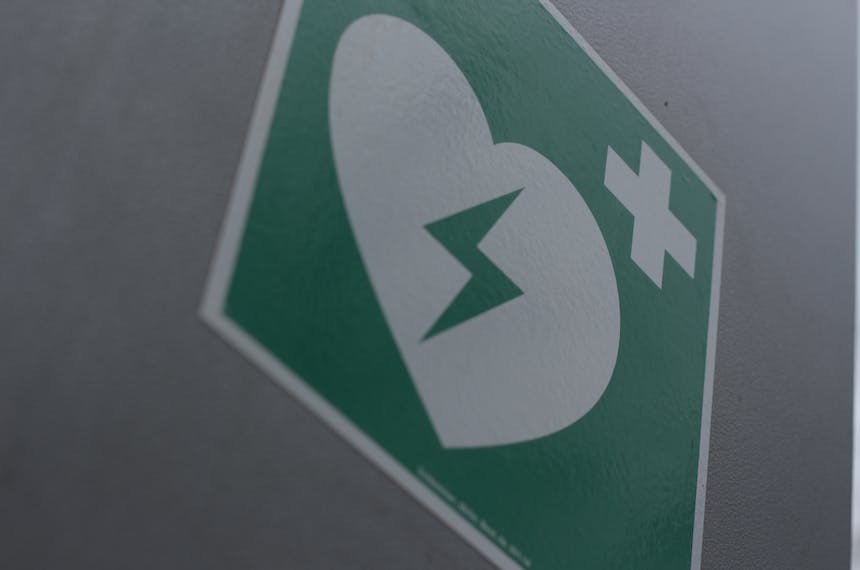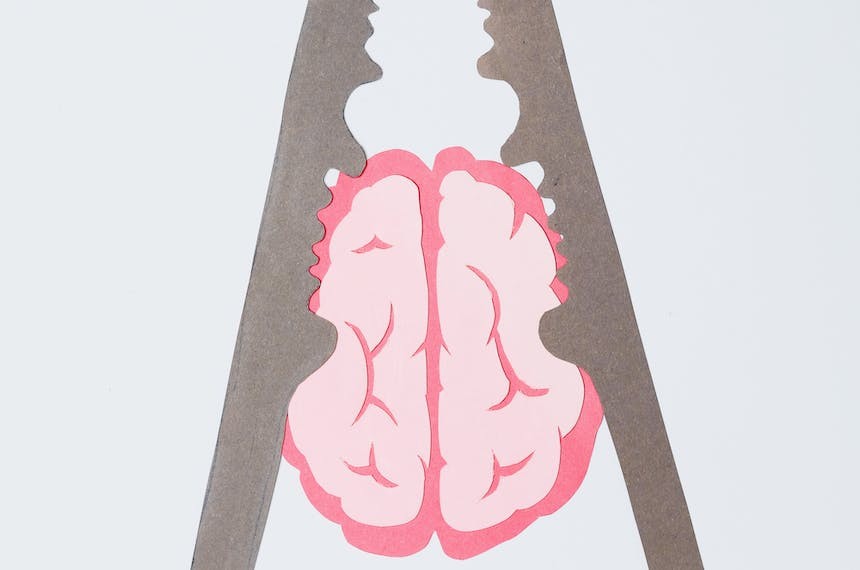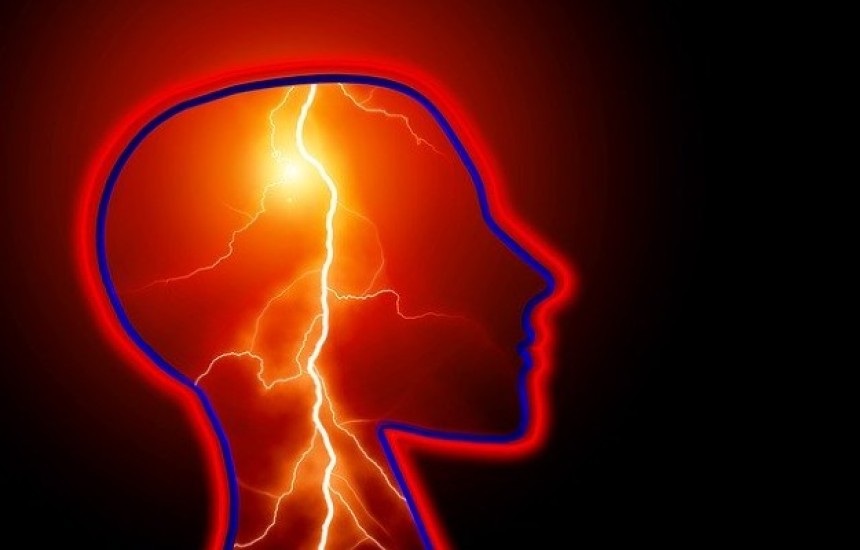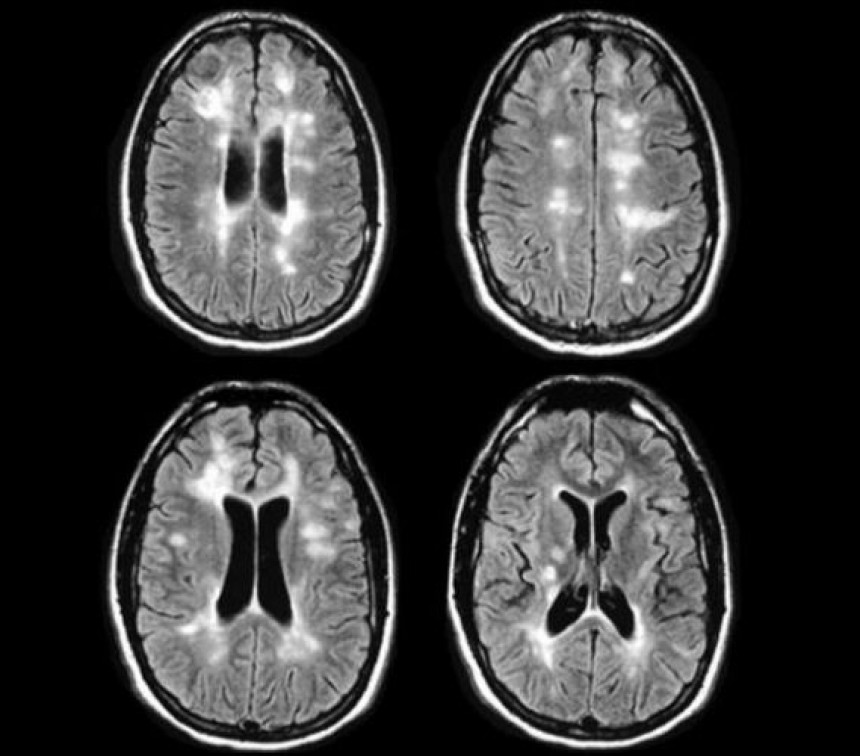
Postural tachycardia syndrome
Postural tachycardia syndrome (POTS) is characterized by an excessive increase in heart rate upon standing and can cause symptoms like lightheadedness and palpitations. It may be caused by genetic or acquired factors such as hypovolemia or kidney issues. Diagnosis involves a significant heart rate increase upon changing posture. Non-pharmacological measures like hydration and exercise are helpful. Medications like fludrocortisone, midodrine, pyridostigmine, and propranolol can be used for treatment.
Understanding POTS
Postural Tachycardia Syndrome (POTS) is a form of orthostatic intolerance primarily affecting younger individuals. It involves autonomic regulation abnormalities, which can be either genetic or acquired. Acquired causes include hypovolemia, kidney problems, venous abnormalities, and vasovagal dysfunction. POTS is characterized by an exaggerated increase in heart rate upon postural changes, accompanied by symptoms like lightheadedness, palpitations, and fatigue. Gastrointestinal symptoms such as nausea, bloating, or diarrhea may also be present. (1, 2, 3)
Diagnostic Criteria
To confirm a diagnosis of POTS, there should be a heart rate increase of 40 beats per minute or a rise to 120 beats per minute within the first five minutes of a postural change, such as tilting. (3)
Prognosis and Management
Most patients with POTS have a favorable prognosis. Management primarily focuses on non-pharmacological interventions to reduce exacerbating factors. This includes addressing dehydration, inactivity, and implementing an exercise regime. Dietary adjustments, such as increased salt intake and water consumption, are also beneficial. (4)
Pharmacological Treatment
Medical therapy is with fludrocortisone (0.05- 0.2 mg daily) is effective especially when combined with non- pharmacological measures. Side effects include supine hypertension, fluid retention, and hypokalemia. Also, midodrine (2.5- 10 mg three times daily) may be helpful for some patients. (5) Additionally, some premature evidence suggests that pyridostigmine (30 mg daily) may decrease POTS symptoms. Furthermore, propranolol (20 mg three or four times daily) may be beneficial. (6)
The combination of lifestyle modifications and targeted medication can effectively manage POTS, improving quality of life for affected individuals.
References
1- Agarwal AK, Garg R, Ritch A, et al. Postural orthostatic tachycardia syndrome. Postgrad Med J. 2007;83:478–480.
2- Freeman R, Wieling W, Axelrod FB, et al. Consensus statement on the definition of orthostatic hypotension, neurally mediated syncope and the postural tachycardia syndrome. Auton Neurosci. 2011;161:46–48.
3- Carew S, Cooke J, O'Connor M, et al. What is the optimal duration of tilt testing for the assessment of patients with suspected postural tachycardia syndrome? Europace. 2009;11:635–637.
4- Raj SR. The postural tachycardia syndrome (POTS): pathophysiology, diagnosis & management. Indian Pacing Electrophysiol J. 2006;6:84–99.
5- Hoeldtke RD, Bryner KD, Hoeldtke ME, et al. Treatment of autonomic neuropathy, postural tachycardia and orthostatic syncope with octreotide LAR. Clin Auton Res. 2007;17:334–340.
6- Raj SR, Black BK, Biaggioni I, et al. Propranolol decreases tachycardia and improves symptoms in the postural tachycardia syndrome: Less is more. Circulation. 2009;120:725–734.





